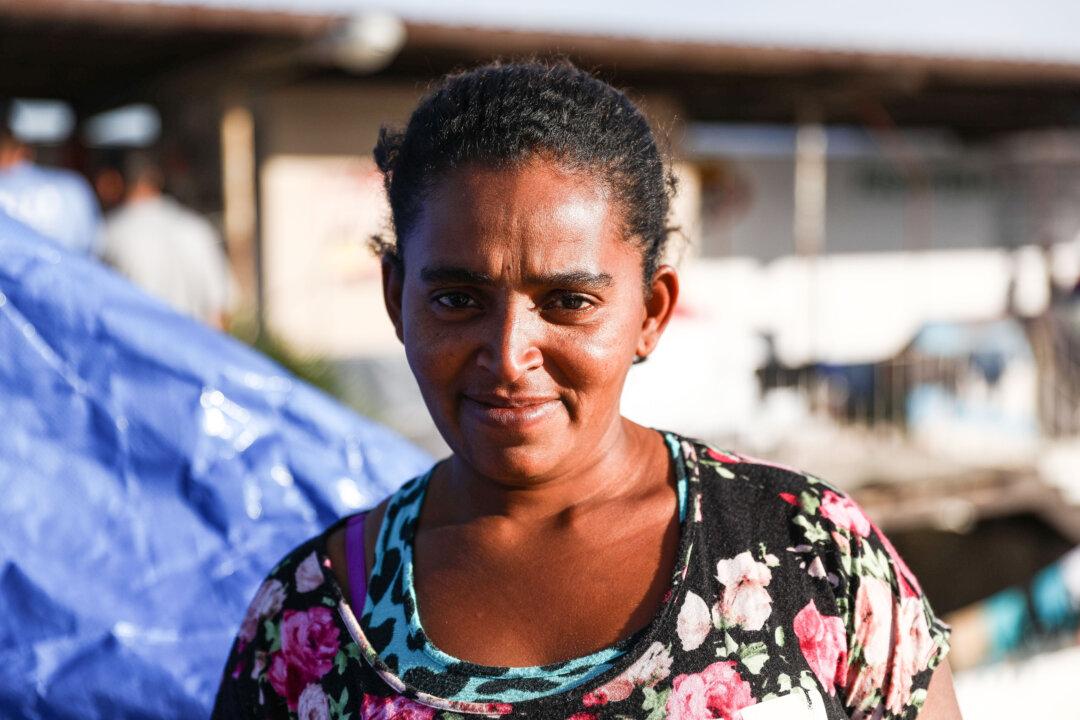TIJUANA, Mexico—Leslie Yoana Coban left her four children in Honduras—on her ex-husband’s doorstep. She told them she was running an errand. Her eldest daughter, 14, has since run away from home. Her other children are aged 13, 4, and 1.
Three months later, Coban is ready to leave Tijuana to live with her father in Mexico while she waits for her U.S.-based brothers to find a “coyote” to take her across the U.S. border illegally—for $9,000.





